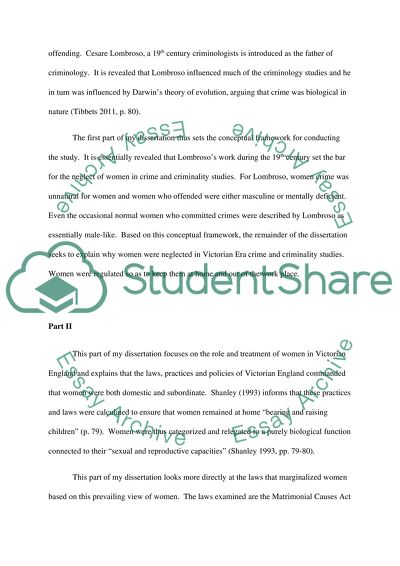Cite this document
(“The Exclusion of Women from Criminal Studies During the Victorian Era Dissertation”, n.d.)
Retrieved from https://studentshare.org/english/1424013-the-women-have-been-excluded-from-criminal-studies
Retrieved from https://studentshare.org/english/1424013-the-women-have-been-excluded-from-criminal-studies
(The Exclusion of Women from Criminal Studies During the Victorian Era Dissertation)
https://studentshare.org/english/1424013-the-women-have-been-excluded-from-criminal-studies.
https://studentshare.org/english/1424013-the-women-have-been-excluded-from-criminal-studies.
“The Exclusion of Women from Criminal Studies During the Victorian Era Dissertation”, n.d. https://studentshare.org/english/1424013-the-women-have-been-excluded-from-criminal-studies.


